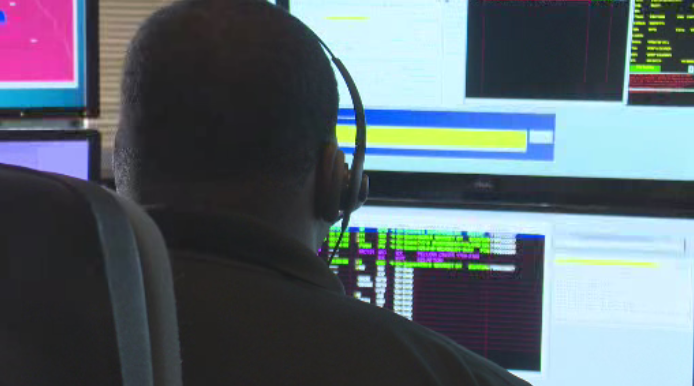Four new counties joining the Next Generation 911 Program

COLUMBIANA COUNTY, Ohio - A pilot program being used in Ohio 6 counties is expanding to 4 new counties. One of the original 6 counties in the pilot program was Columbiana County.
The Columbiana County Emergency Management Agency has used Next Generation 911 Program (NG911) for over 7 years. Just in those 7 years, the new program has already made response times in Columbiana County faster. The internet based system is meant to be more cost effective, since it uses less hardware, and allows first responders to get to a location of a caller quicker in the case of an emergency.
One if the features the program offers is geo-tracking data. The technology allows first responders to follow the caller's location using their phone, making it easier for first responders to find and help those in need. Geo-tracking is especially useful if a caller is moving. This is a shift from the old system, E911, which used addresses to track down the caller. The tracking information from the E911 system was often inaccurate.
"The time, I mean not seconds, but minutes, between location accuracy and sharing the in information to first responders," said Brian Rutledge, the 911 Coordinator for Columbiana County when asked how much time this could save first responders.
Rutledge said taking minutes or even seconds off response times could save someone's life.
The new system also makes communication easier for all counties involved in the program, and allows dispatchers to get information from their phone that could help them find or assist the caller.
In addition to Columbiana County, Carroll, Harrison, Monroe, Morgan, and Union counties are also in the pilot program. Athens, Champion, Harding, and Washington Counties will soon be starting the program.
Since a lot of standards need to be put in place for GIS mapping, Rutledge said the state will be pushing out information about the program to any new counties joining the program. The hope is to open the program to all counties in Ohio within 5 years.












